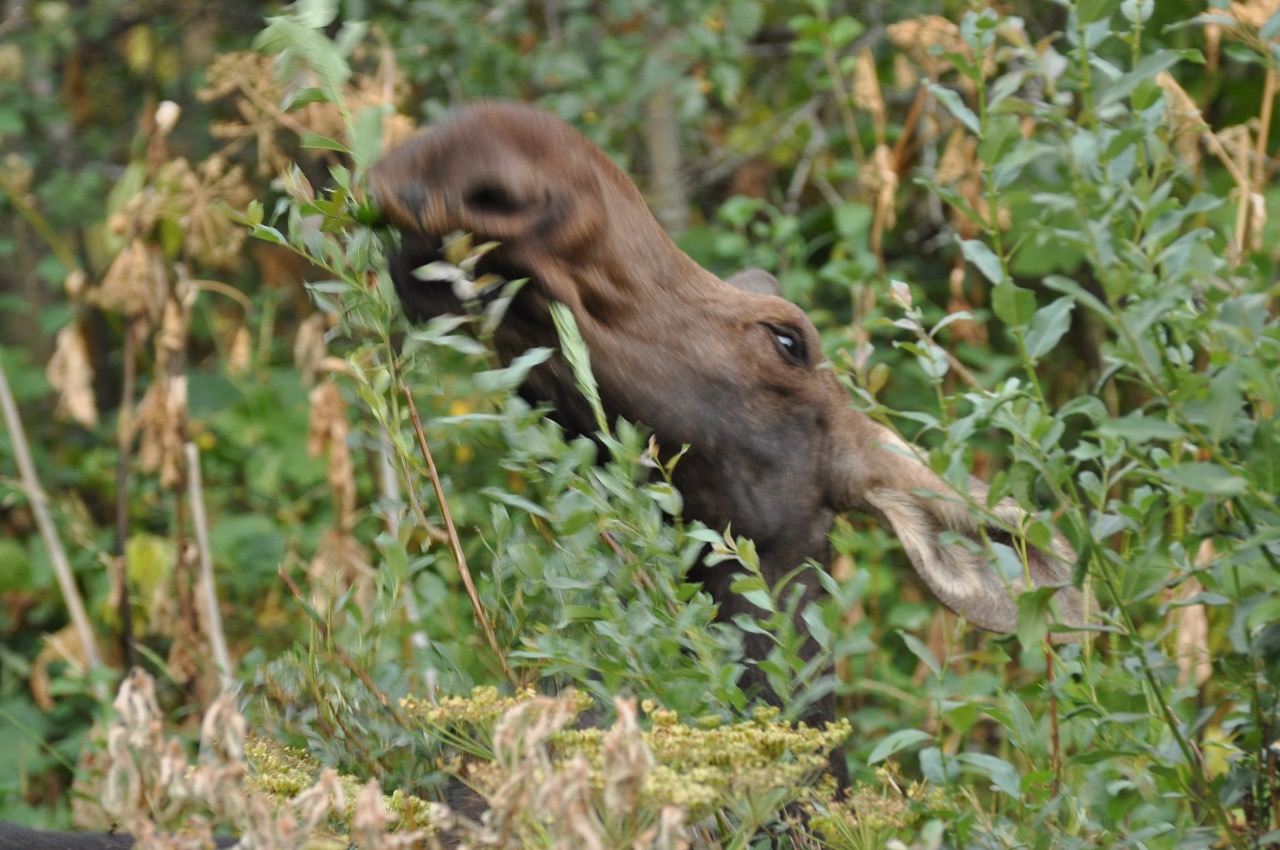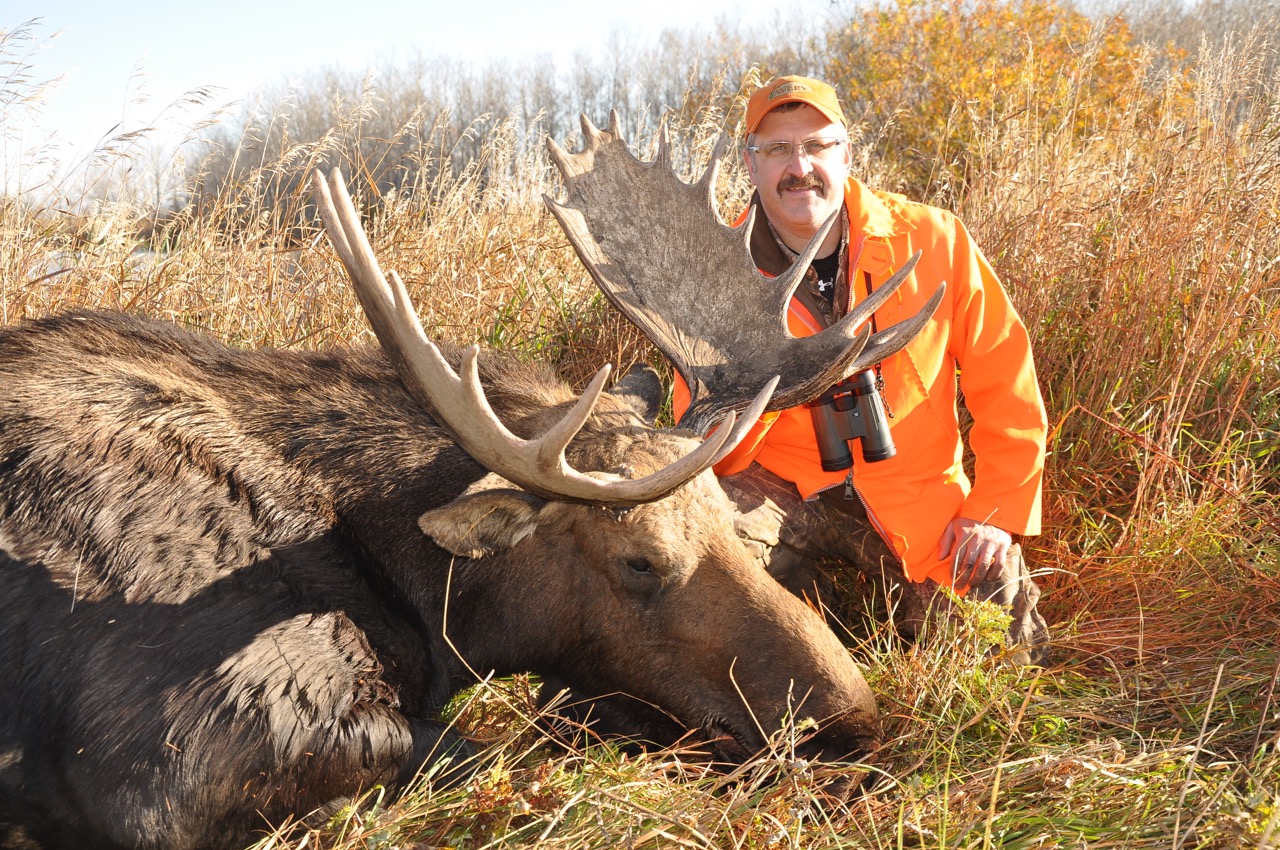MOOSE MOVES
For an exciting change, try spotting and stalking bulls instead
Advertisement

#1 KNOW THEIR PATTERNS
Moose are herbivores and browsers. A mature animal will consume up to 70 pounds of twigs, leaves, branches and aquatic vegetation in a day. As a result, moose spend a fair amount of time on their feet, slowly plodding along and feeding.
During September and October, moose typically feed early in the morning and late in the afternoon. In November when winter-like conditions kick in, moose can often be found feeding longer in the mornings and earlier in the afternoons. On really cold days, they may even feed during the middle of the day.
Advertisement
When searching for feeding moose, focus on marshes, swamps, willow bluffs and recently burned or logged-out areas with new growth. Also slowly stalk cutlines during prime feeding times, as moose often follow these corridors when moving from one feeding area to another.
When moose aren’t feeding during the midday, they’ll often lie down and chew their cud, just like domestic cattle, to further break down their food. That’s a good time to spot and stalk potential bedding areas, such as thick timber adjacent to feeding sites. Look for elevated areas that allow the moose to see what is approaching from downwind. On hot fall days, moose will often lie in the shade or in spruce patches to stay cool. On cold winter-like days, they’ll often head for more open areas within stands of poplar or birch where they can enjoy the warmth of the sun.

